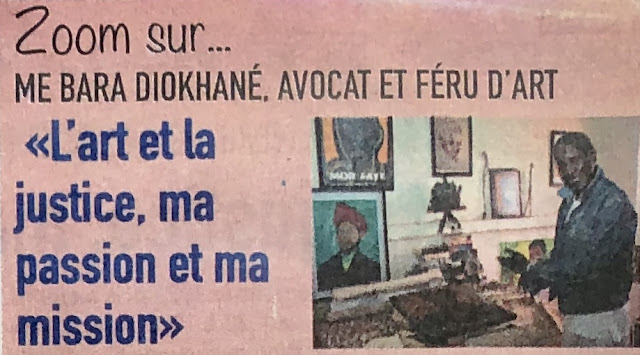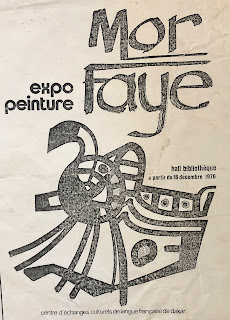LE BILLET DE DJIBRIL. Par Bara Diokhané

LE BILLET DE DJIBRIL Quelques mois à peine après mon installation en 1997 dans mon nouveau bureau à New York, j’avais reçu un message: “J’ai le bonheur d’espérer te voir, à l’aller comme au retour” C’est, en ce qui nous concerne, un assainissement du temps qui suit” . Ce message cryptique émanait de Djibril Mambeti Diop, dont le film Hyénes devait être projeté à l’Université de l’Etat de Michigan. “Je demanderai à l’agence de voyage de te remettre mon billet d’avion New York-Detroit-New York, que je viendrai récupérer chez toi une fois à New York. ” Je vivais encore à Dakar durant la production de “ Hyénes”, un événement que Djibril, dans son genie et sa générosité, avait élevé au niveau d’une oeuvre, non seulement de collaboration, comme tout film l’est en principe, mais aussi d’une dynamique communautaire, qui impliquait tous ses proches. Me concernant, il me remit un jour, en plein tournage, trois pages du scenario du film, où il était question du jugement final de...




